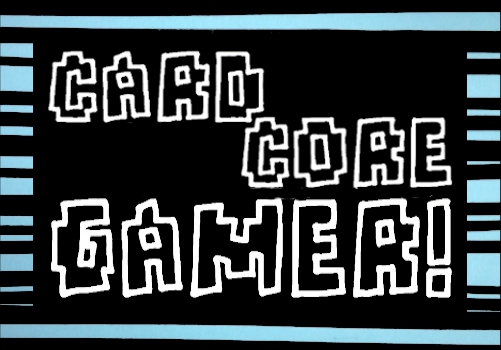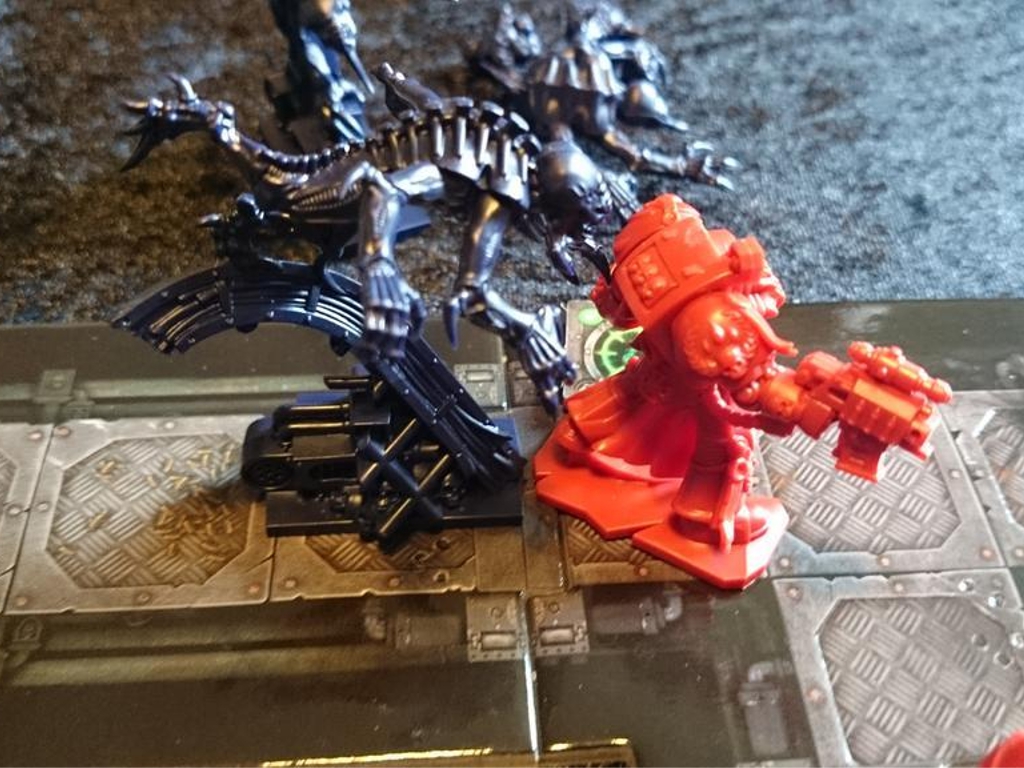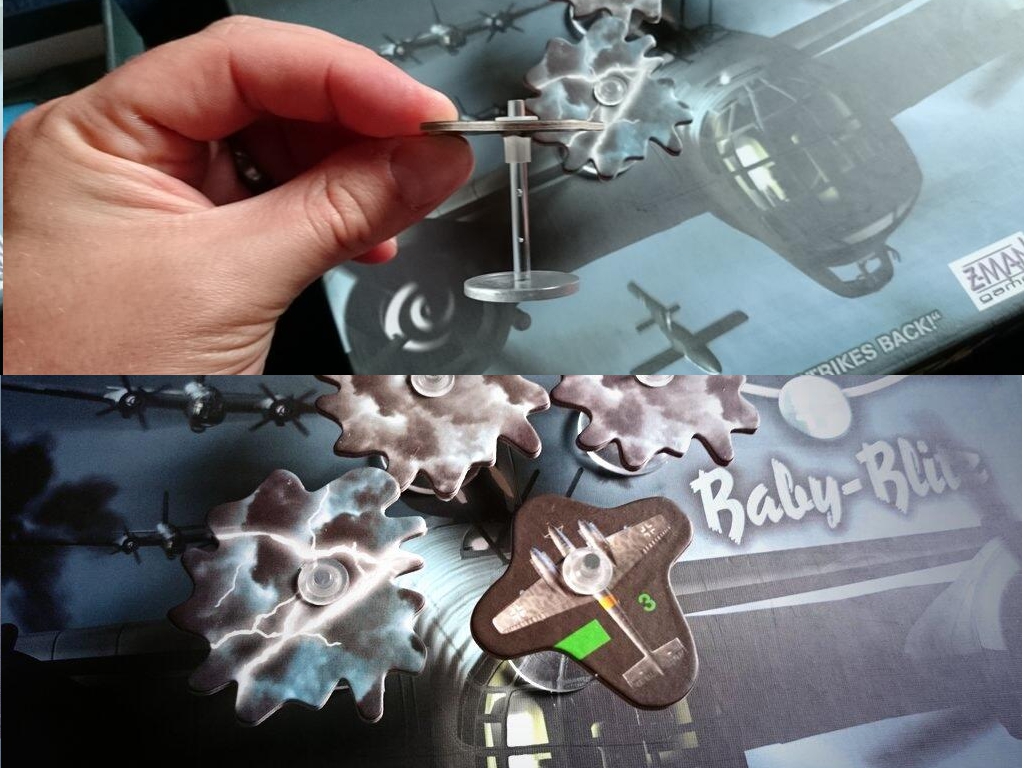Cardcore Gamer: The Terror of Tiny Plastic People
Plastic miniatures make table-top games look cool, but what do they really add to table-top games?
Most table-top gamers, especially those in the UK, will have dabbled at some point in Games Workshop’s ‘capital-H’ Hobby wargame : Warhammer. The Hobby (or more accurately, The Business) has always been about the miniatures, with the actual playing of the games often the secondary focus, behind collecting, assembling and (hopefully) painting hordes of tiny metal and plastic figures and vehicles. Peering myopically over our paintbrushes at current board gaming, it seems that the attitude of ‘miniatures first, game later’ is alive and well among Kickstarter projects, where games can raise hundreds of thousands of dollars without having a finished rulebook.
Miniatures help bring games to life on the table-top, but most of the time they are entirely extraneous to a game’s mechanics. Mostly, miniatures are a visual reference point for a set of statistics or abilities – Chess can be seen as an early example of this – and could be easily replaced by tokens, or counters. Being three-dimensional sculpts, the only time they truly come into their own is in a 3D environment. As an example, Mantic Games’ Deadzone makes use of a miniature’s position in the 3D game space to determine line of sight between shooter and target.
Miniatures are cool, though, they help immerse a player in the theme and give you a sense of involvement in the character you’re playing as. Miniatures put you into the game; The little figure blundering about the board is you, the diminutive spaceships, or armies are yours. This does rather fall down if you don’t, or can’t paint your game miniatures and are left with a uniformly coloured crowd, often a neutral grey, which gives an entirely contrary anonymity to your on-board avatar. In some cases they can work against a game system – having played Ares Games’ Wings of Glory back when it was Wings of War, the beautiful miniature biplanes were a constant hassle, having to be removed from the table for every single manoeuvre and placed carefully back at the end – so what alternatives exist?
Sticking with Wings of Glory, the game was originally entirely card-based, with the miniatures released later and eventually tied to the game permanently. The 2D aircraft cards were beautifully illustrated and contained the same information as the miniatures that replaced them, while being, as previously mentioned, much more practical. Devil Pig Games’ deliberately made their 15mm scale wargame Heroes of Normandie with cardboard tokens, printed with top-down art and unit stats, keeping the design clear and information immediate, not to mention making expansion armies a whole lot cheaper. Forgoing miniatures also enables innovative mechanics, such as Fantasy Flight Games’ Discwars system, where armies, represented by the titular cardboard discs, can overlap and ‘pin’ other units in place.
I love miniatures in games, but not every game requires them. The success of games such as Dead of Winter, a zombie-themed title that could easily have used miniatures in place of its card standees, shows us that plastic pieces aren’t everything and as gamers we need to be mindful that the ‘shut up and take my money’ reaction to a new games components does not encourage good game design. Unnecessarily adding miniatures to a game drives the shelf price up, especially with ‘toy heavy’ Kickstarter projects and the more that miniatures are seen as a default option for game components, the easier it is for less flashy games to be unfairly overlooked. The lure of tonnes of shiny, new plastic is strong indeed, but by inviting designers to focus on miniatures, we risk essential things such as balance, playtesting and proofreading becoming secondary concerns.




